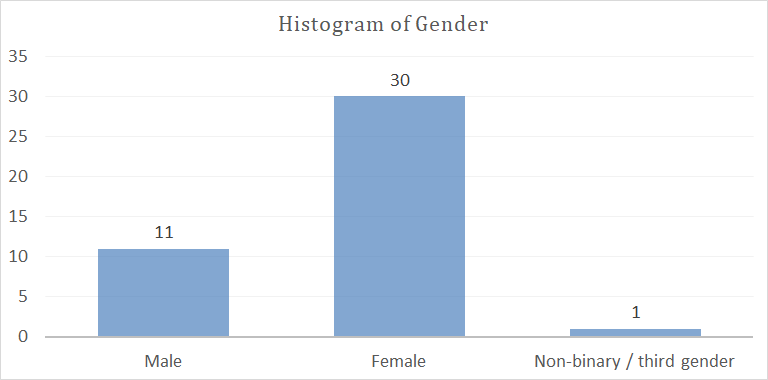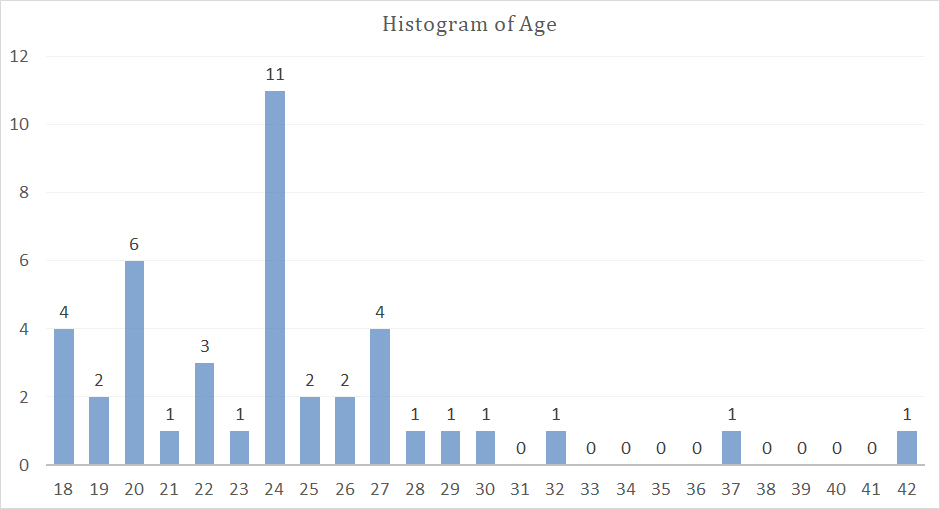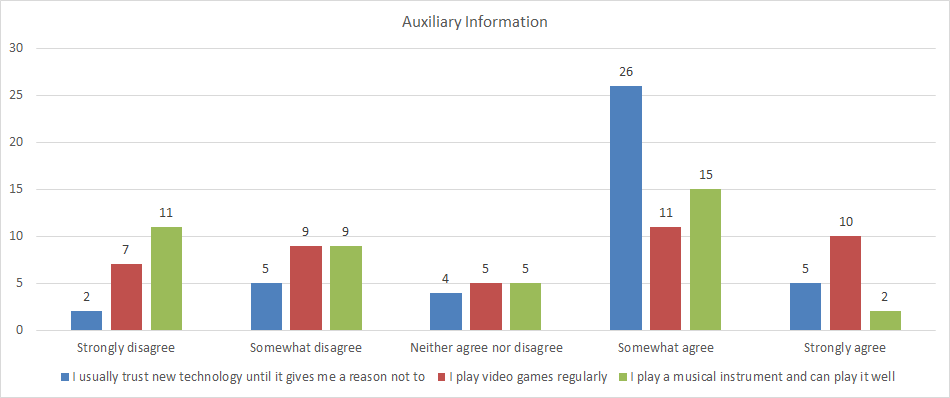TED-Culture: Culturally Inclusive Co-Speech Gesture Generation for Embodied Social Agents
🌀 Abstract
Generating natural and expressive co-speech gestures for conversational virtual agents and social robots is crucial for enhancing their acceptability and usability in real-world contexts. However, this task is complicated by strong cultural and linguistic influences on gesture patterns, exacerbated by the limited availability of cross-cultural co-speech gesture datasets. To address this gap, we introduce the TED-Culture Dataset, a novel dataset derived from TED talks, designed to enable cross-cultural gesture generation based on linguistic cues. We propose a generative model based on the Stable Diffusion architecture, which we evaluate on both the TED-Expressive Dataset and the TED-Culture Dataset. The model is further implemented on the NAO robot to assess real-time performance. Our model surpasses state-of-the-art baselines in gesture naturalness and exhibits rapid convergence across languages, specifically Indonesian, Japanese, and Italian. Objective and subjective evaluations confirm improvements in communicative effectiveness. Notably, results reveal that individuals are more critical of gestures in their native language, expecting higher generative performance in familiar linguistic contexts. By releasing the TED-Culture Dataset, we facilitate future research on multilingual gesture generation for embodied agents. The study underscores the importance of cultural and linguistic adaptation in co-speech gesture synthesis, with implications for human-robot interaction design.
🌀 Objective Evaluation
The Quantitative Results on TED-Culture for each specific language and merged, as well as TED-Expressive. The results are the average of five experimental tests. We compare the proposed diffusion-based method against recent state-of-the-art (SOTA) methods and ground truth. Lower values are better for FGD, while higher values are better for the other metrics.
Results for TED-Culture
A. Indonesian
| Methods | FGD ↓ | BC ↑ | Diversity ↑ |
|---|---|---|---|
| Ground Truth | 0 | 0.700 | 118.371 |
| Attention Seq2Seq | 20.277 | 0.127 | 72.391 |
| Speech2Gesture | 11.280 | 0.543 | 69.523 |
| Joint Embedding | 20.340 | 0.122 | 70.457 |
| Trimodal | 5.650 | 0.431 | 94.302 |
| HA2G | 5.661 | 0.370 | 90.954 |
| DiffGesture (500 epochs) | 10.777 | 0.748 | 79.173 |
| DiffGesture (1000 epochs) | 8.673 | 0.745 | 98.955 |
| DiffGesture (1500 epochs) | 5.529 | 0.740 | 100.937 |
| DiffCulture (Ours) | 4.479 | 0.752 | 81.296 |
B. Japanese
| Methods | FGD ↓ | BC ↑ | Diversity ↑ |
|---|---|---|---|
| Ground Truth | 0 | 0.698 | 109.940 |
| Attention Seq2Seq | 22.761 | 0.124 | 73.299 |
| Speech2Gesture | 15.978 | 0.594 | 61.661 |
| Joint Embedding | 21.013 | 0.115 | 57.239 |
| Trimodal | 6.002 | 0.462 | 75.393 |
| HA2G | 5.240 | 0.377 | 75.450 |
| DiffGesture (500 epochs) | 24.156 | 0.754 | 80.964 |
| DiffGesture (1000 epochs) | 7.038 | 0.751 | 101.816 |
| DiffGesture (1500 epochs) | 6.937 | 0.741 | 55.514 |
| DiffCulture (Ours) | 6.789 | 0.757 | 73.001 |
C. German
| Methods | FGD ↓ | BC ↑ | Diversity ↑ |
|---|---|---|---|
| Ground Truth | 0 | 0.697 | 110.940 |
| Attention Seq2Seq | 24.296 | 0.143 | 94.698 |
| Speech2Gesture | 28.989 | 0.553 | 91.730 |
| Joint Embedding | 32.636 | 0.133 | 78.726 |
| Trimodal | 7.094 | 0.427 | 97.749 |
| HA2G | 4.592 | 0.346 | 103.393 |
| DiffGesture | 6.518 | 0.737 | 105.490 |
| DiffCulture (Ours) | 6.340 | 0.736 | 108.693 |
D. Italian
| Methods | FGD ↓ | BC ↑ | Diversity ↑ |
|---|---|---|---|
| Ground Truth | 0 | 0.708 | 107.778 |
| Attention Seq2Seq | 24.869 | 0.128 | 79.943 |
| Speech2Gesture | 13.540 | 0.500 | 82.430 |
| Joint Embedding | 21.924 | 0.128 | 80.033 |
| Trimodal | 5.312 | 0.401 | 81.957 |
| HA2G | 4.167 | 0.305 | 97.078 |
| DiffGesture (500 epochs) | 11.199 | 0.746 | 96.475 |
| DiffGesture (1000 epochs) | 4.240 | 0.737 | 90.944 |
| DiffGesture (1500 epochs) | 3.523 | 0.736 | 102.729 |
| DiffCulture (Ours) | 3.498 | 0.740 | 100.677 |
E. French
| Methods | FGD ↓ | BC ↑ | Diversity ↑ |
|---|---|---|---|
| Ground Truth | 0 | 0.697 | 99.684 |
| Attention Seq2Seq | 23.411 | 0.136 | 87.000 |
| Speech2Gesture | 14.113 | 0.589 | 84.301 |
| Joint Embedding | 21.714 | 0.135 | 72.848 |
| Trimodal | 5.002 | 0.438 | 98.100 |
| HA2G | 4.174 | 0.390 | 94.616 |
| DiffGesture | 5.633 | 0.749 | 91.953 |
| DiffCulture (Ours) | 5.053 | 0.747 | 91.817 |
F. Turkish
| Methods | FGD ↓ | BC ↑ | Diversity ↑ |
|---|---|---|---|
| Ground Truth | 0 | 0.708 | 126.948 |
| Attention Seq2Seq | 22.623 | 0.172 | 81.917 |
| Speech2Gesture | 14.038 | 0.588 | 79.878 |
| Joint Embedding | 28.655 | 0.128 | 78.210 |
| Trimodal | 6.180 | 0.481 | 88.979 |
| HA2G | 5.613 | 0.370 | 101.932 |
| DiffGesture | 5.431 | 0.747 | 112.089 |
| DiffCulture (Ours) | 5.415 | 0.749 | 100.353 |
G. Merged
| Methods | FGD ↓ | BC ↑ | Diversity ↑ |
|---|---|---|---|
| Ground Truth | 0 | 0.702 | 181.900 |
| Attention Seq2Seq | 27.858 | 0.205 | 150.985 |
| Speech2Gesture | 53.676 | 0.567 | 136.512 |
| Joint Embedding | 52.993 | 0.135 | 120.380 |
| Trimodal | 12.026 | 0.396 | 146.988 |
| HA2G | 5.919 | 0.310 | 160.225 |
| DiffGesture | 4.216 | 0.728 | 175.025 |
| DiffCulture (Ours) | 5.532 | 0.722 | 160.603 |
Results for TED-Expressive
| Methods | FGD ↓ | BC ↑ | Diversity ↑ |
|---|---|---|---|
| Ground Truth | 0 | 0.703 | 178.827 |
| Attention Seq2Seq | 54.920 | 0.152 | 122.693 |
| Speech2Gesture | 54.650 | 0.679 | 142.489 |
| Joint Embedding | 64.555 | 0.130 | 120.627 |
| Trimodal | 12.613 | 0.563 | 154.088 |
| HA2G | 5.306 | 0.641 | 173.899 |
| DiffGesture | 2.600 | 0.718 | 182.757 |
| DiffCulture (Ours) | 2.398 | 0.715 | 177.814 |
🌀 Subjective Evaluation
Demographic

Histogram of Gender

Histogram of Age

Language Acquisition Stats

Auxiliary Information about New Technology, Video Games and Music
Model Performance
User Study Results. The ratings for motion naturalness, smoothness, and synchrony are assessed on a scale of 1 to 5, where 5 indicates the highest performance. All the results in the table are presented in the format of Average (SD).
| Methods | Naturalness ↓ | Smoothness ↑ | Synchrony ↑ |
|---|---|---|---|
| Ground Truth | 2.21 (0.94) | 1.96 (0.74) | 2.21 (0.86) |
| Attention Seq2Seq | 3.15 (0.69) | 3.57 (0.52) | 3.05 (0.64) |
| Speech2Gesture | 2.91 (0.73) | 2.56 (0.65) | 3.03 (0.80) |
| Joint Embedding | 2.66 (0.65) | 3.37 (0.44) | 2.41 (0.64) |
| Trimodal | 2.74 (1.01) | 2.27 (0.82) | 2.74 (1.04) |
| HA2G | 1.98 (0.69) | 1.86 (0.64) | 1.91 (0.64) |
| DiffGesture | 2.29 (0.81) | 2.11 (0.59) | 2.43 (0.63) |
| DiffCulture (Ours) | 2.59 (0.83) | 2.27 (0.70) | 2.52 (0.80) |
The correlation between language acquisition and the cultural back-ground of the participants. The ratings for motion naturalness, smoothness, and synchrony are assessed on a scale of 1 to 5, where 5 indicates the highest performance. All the participants’ first or secondary proficient language is Indonesian. All the results in the table are presented in the format of Average (SD).
| Video Type | Naturalness ↓ | Smoothness ↑ | Synchrony ↑ |
|---|---|---|---|
| Indonesian Videos | 1.94 (1.07) | 2.18 (1.16) | 1.80 (1.16) |
| Non-Indonesian Videos | 2.34 (1.05) | 2.18 (1.14) | 2.34 (1.01) |
🌀 Ablation Experiments
A.Model Structure Experiments
The Quantitative Results on TED-Culture Merged, focusing on model structure. The results are the average of five experimental tests. We compared with different model architectures and conducted ablation studies to identify the relatively optimal model structure for this dataset. Lower values are better for FGD, while higher values are better for the other metrics.
| Methods | FGD ↓ | BC ↑ | Diversity ↑ |
|---|---|---|---|
| DiffGesture (The original one) | 4.216 | 0.728 | 175.025 |
| DiffGesture (Add the text modality) | 5.185 | 0.729 | 170.311 |
DiffGesture (Audio encoder same as the one in LivelySpeaker: Towards Semantic-Aware Co-Speech Gesture Generation) |
6.354 | 0.729 | 168.824 |
| DiffGesture (New Audio Encoder but MSE loss) | 4.419 | 0.730 | 173.815 |
| DiffGesture (MSE loss $\to$ Huber loss, threshold = 1) | 4.415 | 0.728 | 174.177 |
| DiffGesture (MSE loss $\to$ Huber loss, threshold = 0.1) | 5.795 | 0.724 | 164.617 |
| DiffCulture (Ours, New Audio Encoder and Huber loss, threshold = 0.1) | 5.532 | 0.722 | 160.603 |
B.Proposed Modules Experiments
Ablation Study on the Proposed Modules Based on TED-Culture Merged. The results are the average of five experimental tests. We investigate the effectiveness of the proposed modules: the Diffusion Gesture Stabilizer and implicit classifier-free guidance. Lower values are better for FGD, while higher values are better for the other metrics.
| Methods | FGD ↓ | BC ↑ | Diversity ↑ |
|---|---|---|---|
| DiffCulture Base | 5.116 | 0.727 | 164.837 |
| DiffCulture w/o Stabilizer | 6.233 | 0.726 | 162.175 |
| DiffCulture w/o classifier-free | 5.367 | 0.726 | 166.002 |
| DiffCulture (Ours) | 5.532 | 0.722 | 160.603 |
C.Text Embedding Experiments
Ablation study on the impact of using corresponding text embeddings in the DiffCulture model after incorporating the text modality on TED-Culture French. The results represent the average of five experimental tests. We investigate the impact that whether or not using the corresponding language of FastText Word Embedding can have on model (with text modality) performance. For FGD, lower values indicate better performance, while higher values are preferable for the other metrics.
| Methods | FGD ↓ | BC ↑ | Diversity ↑ |
|---|---|---|---|
| DiffCulture (Without text modality, 500 epochs) | 5.053 | 0.747 | 91.817 |
| DiffCulture (Add text modality, and use English FastText Word Embeeding, 500 epochs) | 5.003 | 0.749 | 96.225 |
| DiffCulture (Add text modality, and use French FastText Word Embeeding, 500 epochs) | 10.691 | 0.750 | 101.947 |
| DiffCulture (Add text modality, and use French FastText Word Embeeding, 1000 epochs) | 5.205 | 0.745 | 96.936 |
🌀 Other Links
TED_Culture_Dataset: https://github.com/Yixin-Shen-1218/TED_Culture_Dataset
TED_Culture_Visualizer: https://github.com/Yixin-Shen-1218/TED_Culture_Visualizer
NAO_Gesture_Generation: https://github.com/Yixin-Shen-1218/NAO_Gesture_Generation
Virtual Agent Stimuli: https://www.youtube.com/playlist?list=PLTTEUXLjZvB9-ViI1ZkmpZdphsQb92cAt
Social Robot Stimuli: https://www.youtube.com/playlist?list=PLTTEUXLjZvB8qEKfwHjQIgOJ3ahP_gOPS
